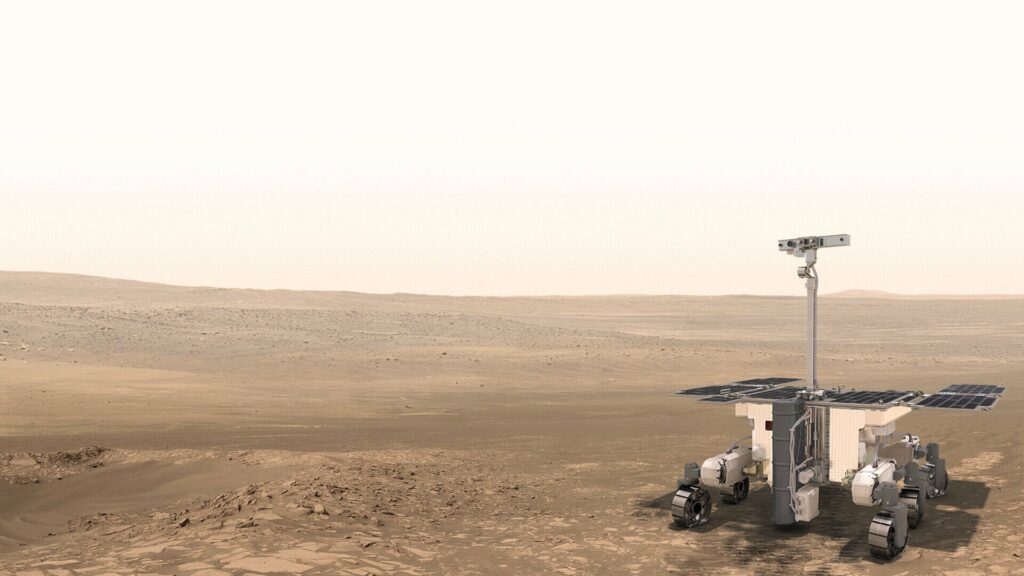NASA and ESA have signed an agreement to finally send the long-delayed ExoMars Rosalind Franklin rover to the Red Planet.
The deal was signed at the European Space Agency’s (ESA) Paris headquarters by Daniel Neuenschwander, ESA’s Director of Human and Robotic Exploration, and Nicky Fox, NASA’s Associate Administrator for the Science Mission Directorate. Under the agreed terms, NASA will procure a launcher, provide heater units for the rover, and rockets to assist with the landing.
It was not immediately clear whether NASA would be reusing the technology behind the successful Curiosity and Perseverance rover landings or whether it had something novel in mind.
One observer described the Rosalind Franklin rover to The Register as “snakebit.” The launch was initially scheduled for 2018 but was delayed until 2020 due to payload and delivery issues. Problems with the parachutes delayed the launch again to 2022. Then, thanks to Russia’s invasion of Ukraine, the launch was canceled once more.
Russia had been tapped to provide the launcher and lander for the rover. However, with cooperation between ESA and Roscosmos suspended, the completed rover was put into storage.
Things looked pretty bleak for the rover until earlier this year when Thales Alenia Space signed a €522 million contract with ESA to restart the program.
According to Thales Alenia Space, “the contract includes the development of the Mars Entry, Descent and Landing Module (EDLM) and maintenance activities on vehicles already built for the 2022 mission.”
We asked ESA if it could elaborate a bit more on the EDLM and also what those “maintenance activities” might entail since the rover will be more than a decade old by the time it touches down on Mars in 2030. We will update this piece should more details be forthcoming.
Thales Alenia Space said it intends to perform a full audit on the rover to ensure it is ready for launch and plans to replace some payload elements. The descent module has some European avionics that can be reused. For the rest of it, a consortium led by Thales Alenia Space will need to move quickly in order to be ready for a 2028 launch from Kennedy Space Center.
ESA kicks ExoMars rover down the road, to 2026 at best
ExoMars rover launch axed over Russia tensions
ESA-Russia Mars rover launch on ice after Ukraine invasion
ExoMars parachutes just about good enough to land rover safely on the Red Planet
We asked NASA where the money would come from for the launch, but the agency has yet to respond.
With the Mars Sample Return mission on shaky ground and other projects, such as the Chandra X-ray Observatory, staring into a budget blackhole, finding cash for ESA’s rover is likely to be challenging unless NASA can enter into a bartering agreement, similar to those used for the International Space Station (ISS) and Artemis projects.
A 2028 launch seems ambitious, considering the amount of work needed to get there and the challenges of safely landing on Mars – something ESA knows all about following the 2016 Schiaparelli experience.
However, the prospect of a rover equipped with a drill capable of drilling two meters into the surface of Mars will have scientists salivating. Even if the rover hosting it will be well into its teenage years by the time it finally arrives. ®
>>> Read full article>>>
Copyright for syndicated content belongs to the linked Source : The Register – https://go.theregister.com/feed/www.theregister.com/2024/05/17/nasa_esa_exomars/
